What is windchill? Get clued up and find out how to protect yourself from the windchill factor
What is windchill? We consider what the windchill factor is, its effects and how to reduce or eliminate its dangers
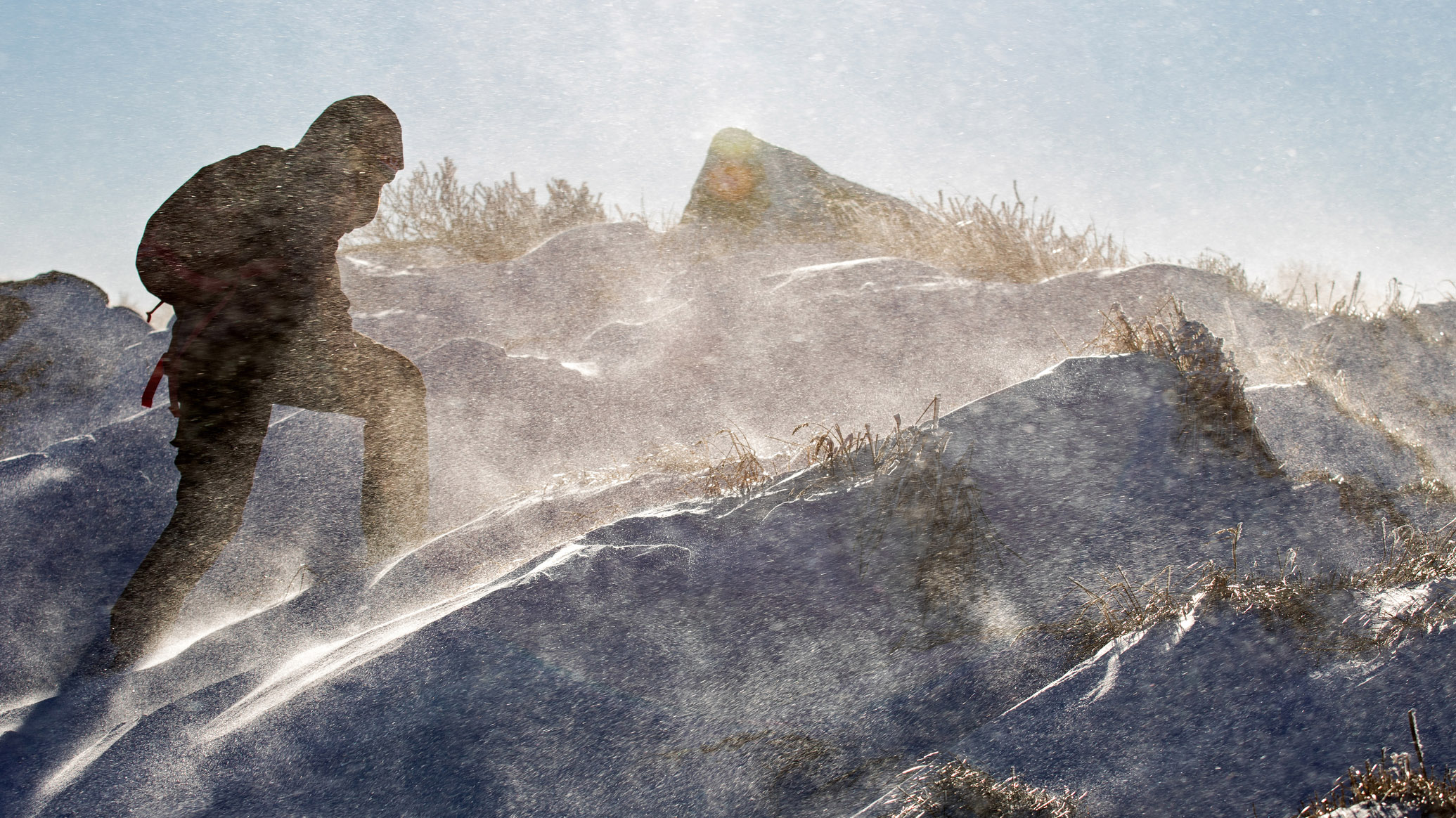
What is windchill? You might have read the term on a mountain weather forecast. On gusty winter days, TV weather presenters will often mention the windchill factor and say something like: “But, add in the windchill factor and it will actually feel like minus ten!” Plus, we all know that a strong wind can make matters feel nippier but there’s far more to windchill than just that.
The windchill factor is arrived at by considering the environment's ambient temperature, the wind speed and the humidity to give a ‘feels like’ temperature value. The higher the windchill factor, the more heat exposed skin will lose to the environment, which can be a problem for those of us wanting to embark on epic snowy adventures, especially in the mountains.
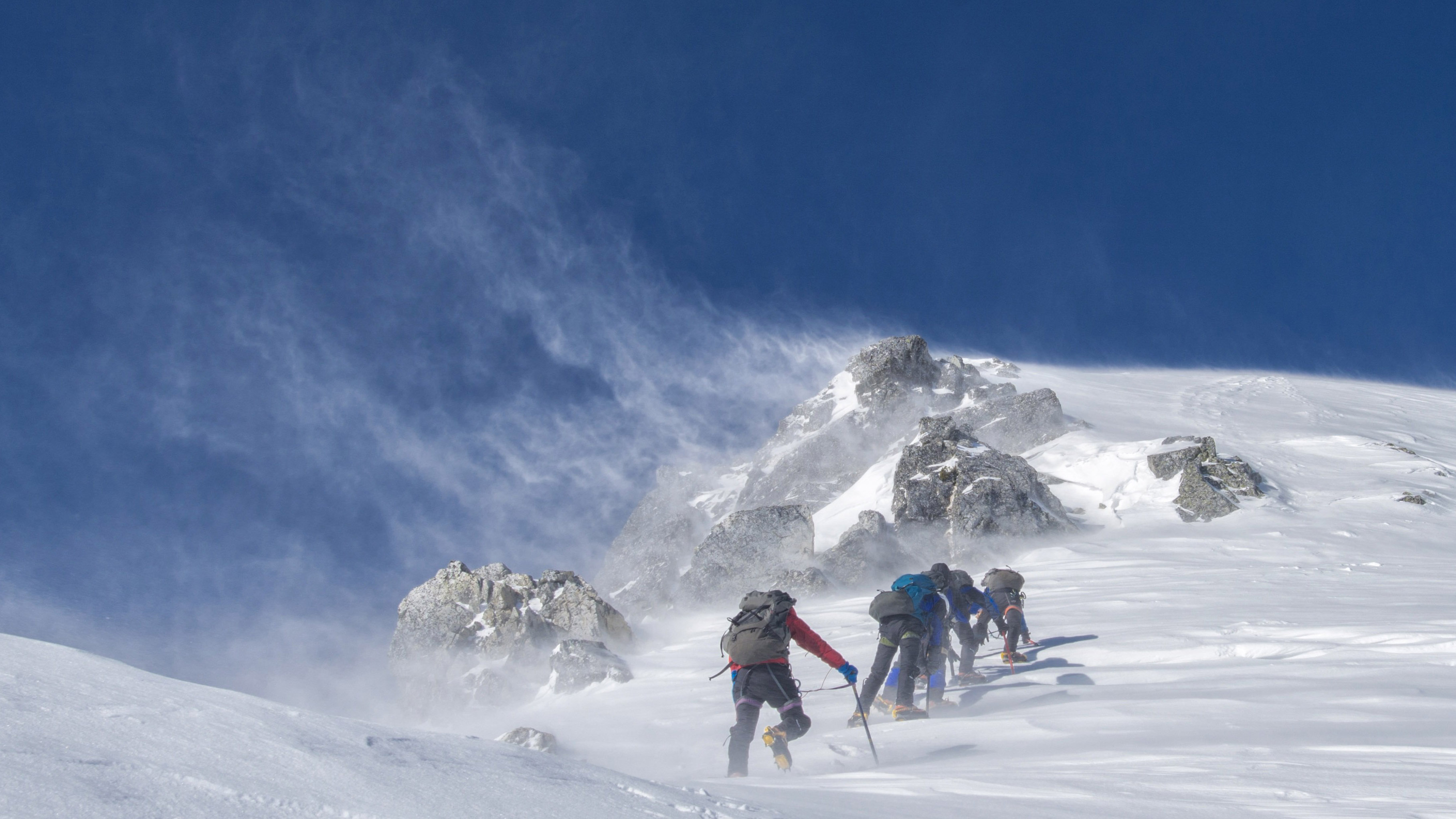
When hiking, climbing, running or camping during the winter, arguably the biggest danger is the cold. It’s important to understand the hazards presented by freezing conditions, how to spot them, prepare for them and deal with them.
The body loses heat in a number of ways: through evaporation when you sweat and breathe; through conduction when you come into contact with something colder than yourself; through radiation from uncovered skin; and, crucially in terms of wind chill, through convection. This is why items like the best waterproof jackets and pants are designed to be windproof, to protect you from losing heat in such a way.
The dangers posed by windchill
Wind chill can have an adverse effect on exposed skin. As it increases, so too does heat lost through convection. The risk of frostbite increases markedly when the windchill factor is high. For example, frostbite can take hold of exposed skin in just 10 minutes on a day when the ambient temperature is 0°F (-18°C) but the wind speed is 95 kph; whereas it might take more like 30 minutes for frostbite to take hold when the ambient temperature is -30°F (-34°C) but the wind speed is negligible. Throw extremely low ambient temperatures and high wind speeds together and you’ve got a cocktail your extremities will not want to taste.
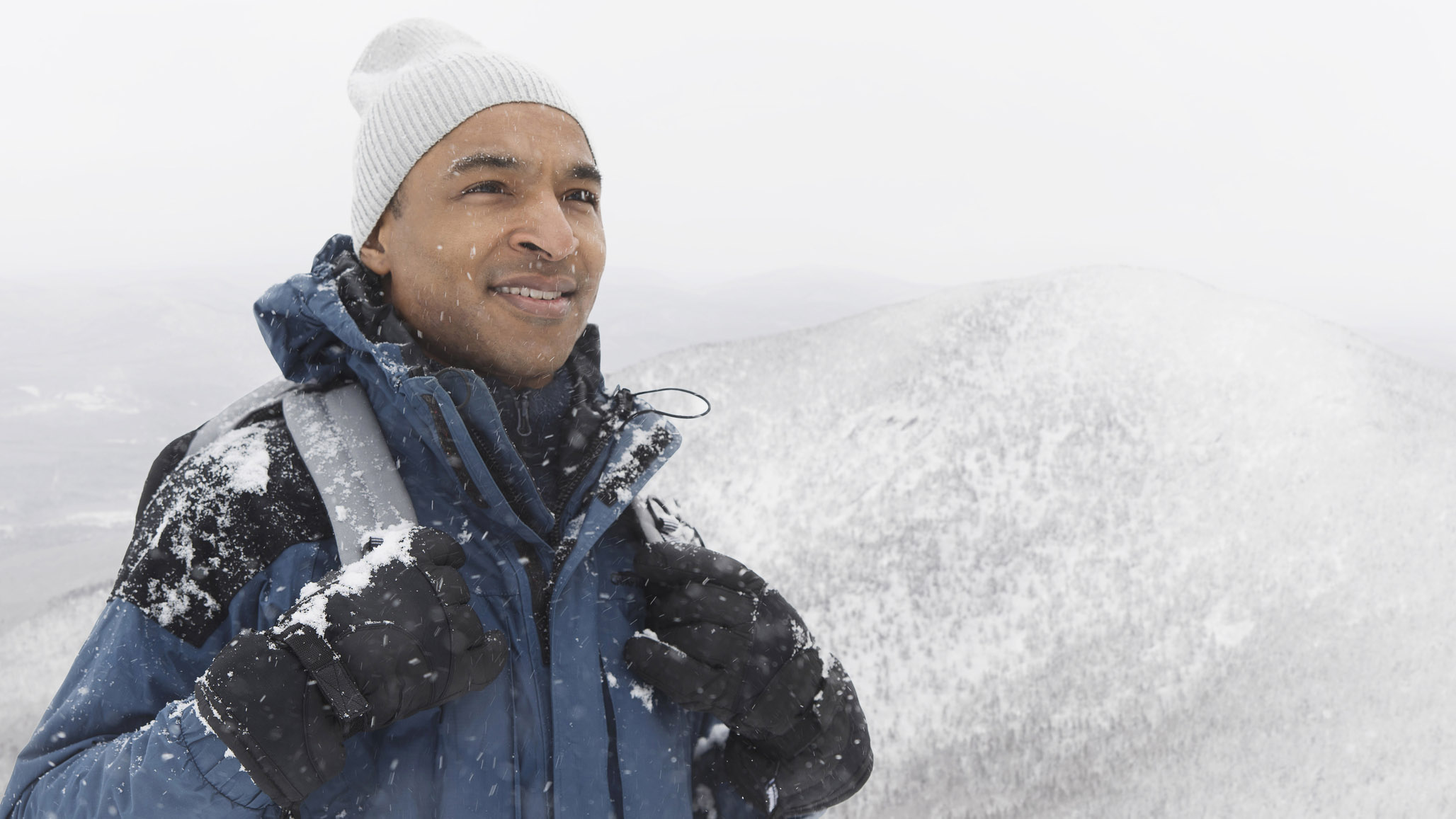
You don’t want your adventure to be ruined by the discomfort of frostnip or, worse, to lose something to frostbite. Always wear a pair of the best hiking gloves in winter and bring a spare too, they can easily get blown away in gusty conditions. Your fingers’ large surface area makes them particularly prone to convective heat loss, which is why protecting them is so vital.
Significant windchill also increases the risk of hypothermia, an illness that occurs when the cold overrides your body’s ability to regulate its normal temperature. This is a condition that, if nothing is done, eventually leads to death. Prevention is better than a cure, so keeping an eye out for the windchill factor on the day of your chosen adventure and dress to avoid the worst of it.
Advnture Newsletter
All the latest inspiration, tips and guides to help you plan your next Advnture!
How to prevent the effects of windchill
As legendary adventurer Sir Ranulph Fiennes – and many others before and probably since – proclaimed, “there’s no such thing as bad weather, only inappropriate clothing”. This is true up to a point when it comes to windchill. Its effects can be significantly reduced or eliminated altogether by wearing suitable windproof clothing and covering up any exposed skin. This is why Everest summiteers always look like something between an astronaut and the Michelin Man and why we’re yet to see anyone up there in shorts.
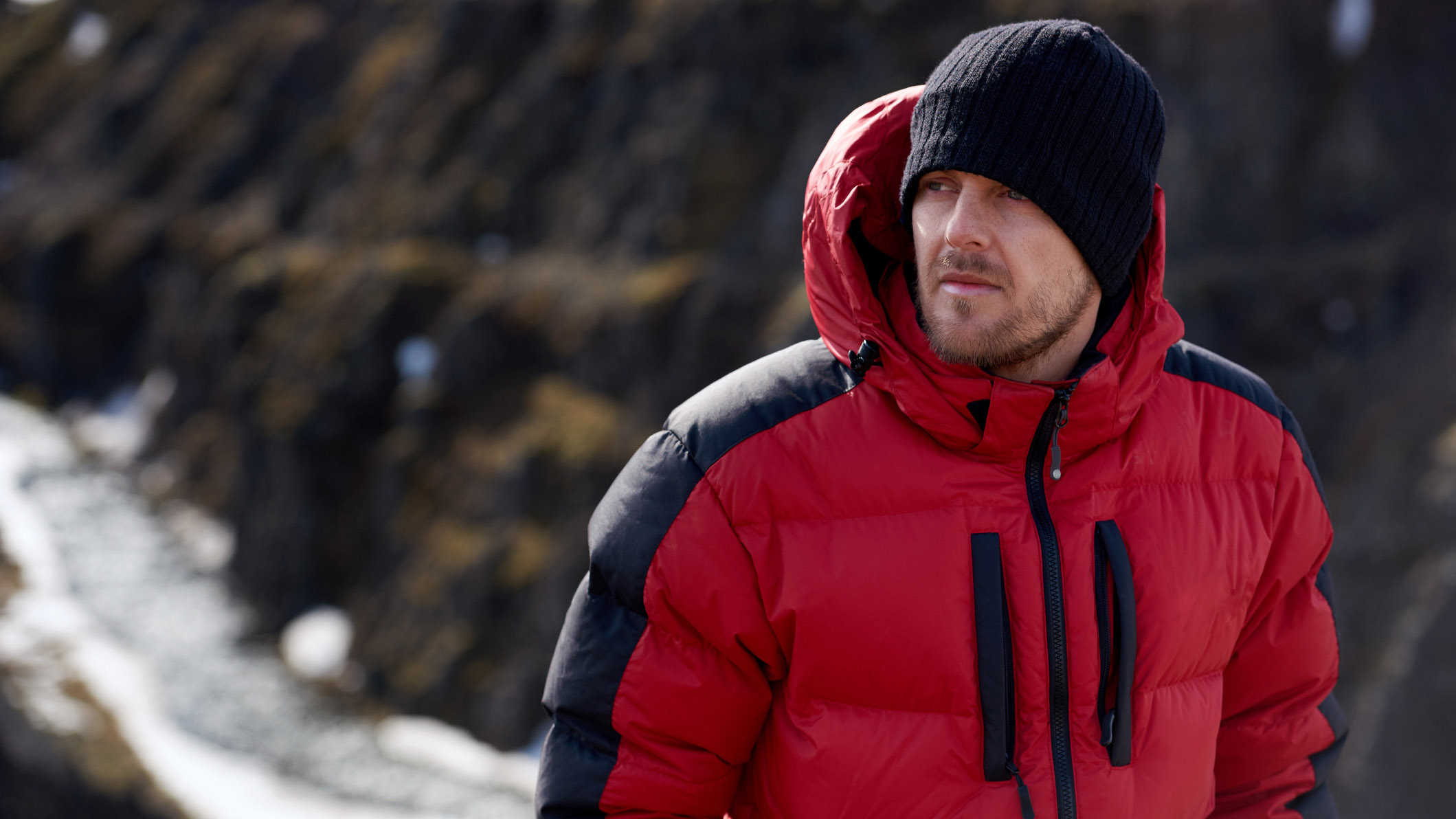
So, first things first, layer up. Proper layering enables your body’s radiated heat to be captured and stored in the air inside and between your clothing layers. Down jackets are the best insulators and make a good mid layer to be sandwiched between your base layer and your windproof outer shell. When the windchill factor is high, the best hiking pants that are windproof are a must too.
That’s the basics taken care of: your legs, torso and arms are covered, so can’t lose much heat through convection, and much of the heat you are losing through radiation is being captured nicely. Now for the other areas of exposed skin. We’ve already mentioned the importance of two pairs of gloves; it’s also prudent to bring along a couple of your best hiking hats to insulate your bonce.
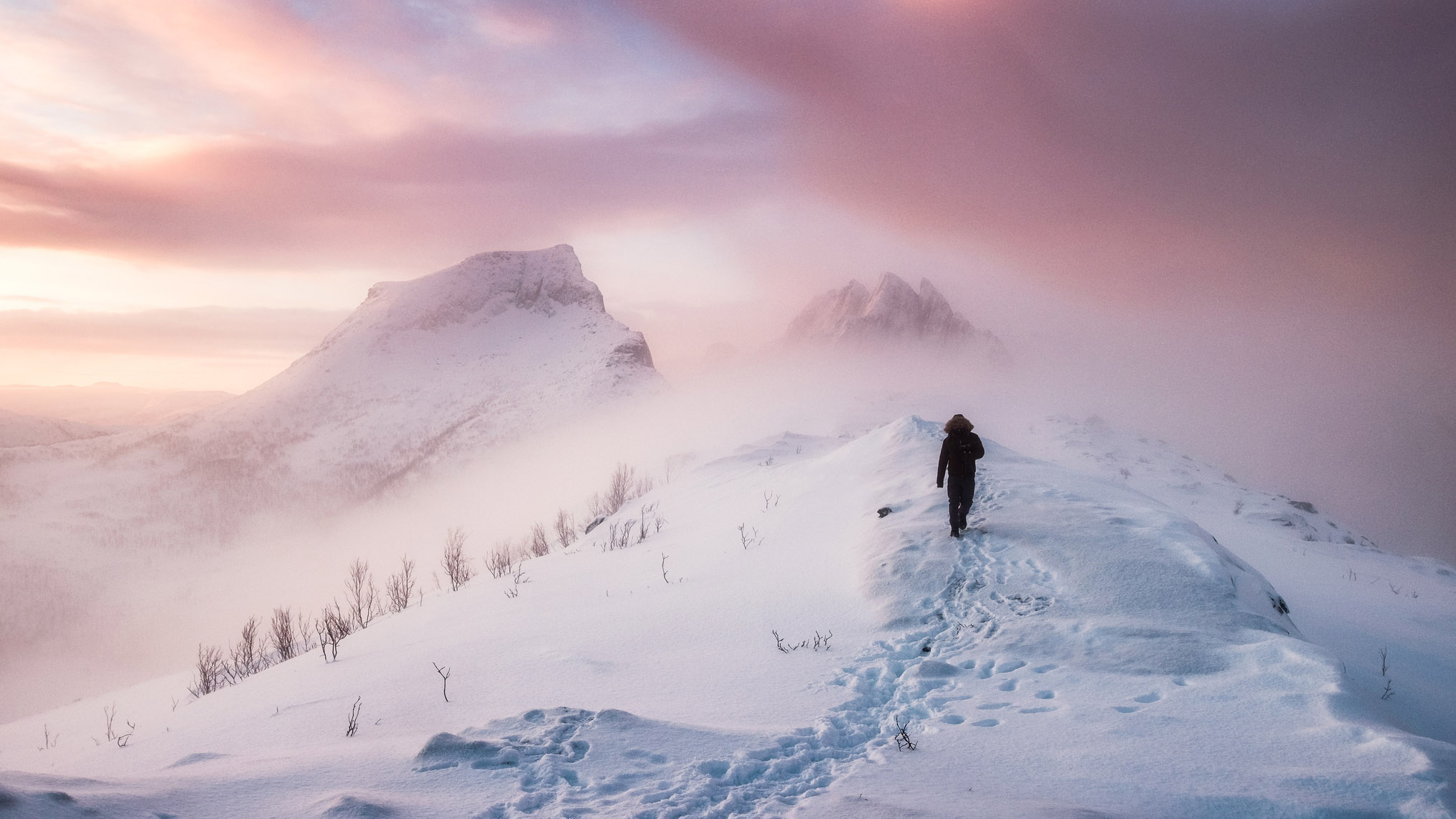
The best winter hiking boots will keep the cold and wet away from your feet, while gaiters are recommended to stop water getting in over the top. All that’s left now is your face. In extreme conditions, you can cinch your hood tight and pull the front zip of your hardshell right up to your chin. Ski goggles and a buff pulled up to cover your nose and mouth to complete the ‘no skin on show’ jigsaw, thus hugely reducing the effect of any windchill. However, if you are resorting to such measures, you should probably be thinking twice about continuing your adventure.
Where to look for the windchill factor in a forecast
A designated mountain weather forecast will always display the windchill alongside the expected temperature for the day in question. It may not always be labelled as windchill but instead might be labelled under ‘feels like’. Use this information to plan what to pack and always take a little bit more than you think you'll need. Happy adventuring and stay safe out there!
Alex is a freelance adventure writer and mountain leader with an insatiable passion for the mountains. A Cumbrian born and bred, his native English Lake District has a special place in his heart, though he is at least equally happy in North Wales, the Scottish Highlands or the European Alps. Through his hiking, mountaineering, climbing and trail running adventures, Alex aims to inspire others to get outdoors. He's the former President of the London Mountaineering Club, is training to become a winter mountain leader, looking to finally finish bagging all the Wainwright fells of the Lake District and is always keen to head to the 4,000-meter peaks of the Alps. www.alexfoxfield.com

